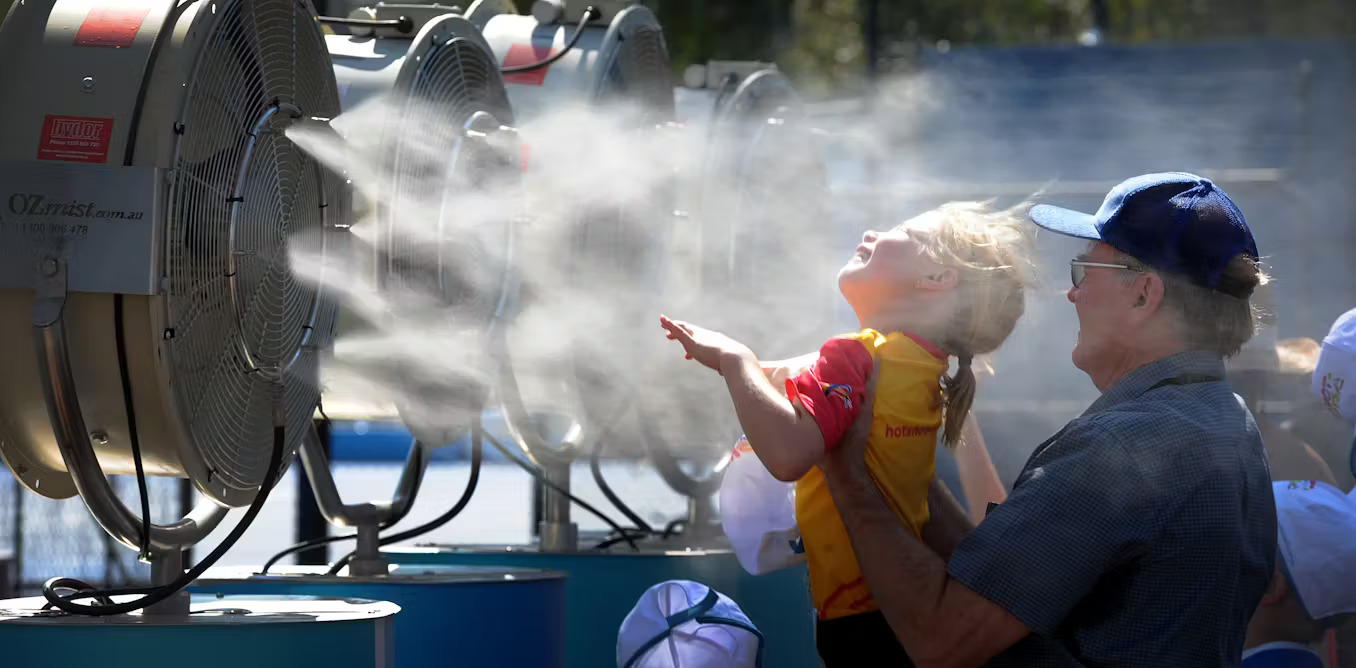To rebuild cities better, ‘minute cities’ are taking off from Bogotá to Berlin, and Shanghai to Seattle. They allow their dwellers to reach everything they need within a fixed amount of time, with the aim of protecting the environment and establishing a more stable and sustainable lifestyle.
The human mind has gone through numerous adventures trying to imagine what an ideal city should look like. Countless theories have emerged, each seeking to respond to the challenges of its time, keep pace with latest developments and offer people a prosperous life.
In this day and age, key challenges are climate change and extreme weather, and developments can be summed up by the critical role played by technology in our lives. These realities are now more evident than ever, thanks to the global alarm sounded by COVID-19. The pandemic confined people to their homes and cities, limited their mobility, and permanently changed the way many live and socialise. Now that the danger has receded, many cities have reconsidered their management patterns and acknowledged the need for small neighbourhoods that provide their residents with all their basic needs.
On this basis, the concept of ‘minute cities’ has been built. It means designing an urban space with a transportation system that ensures the longest journey takes a fixed number of minutes, enabling residents to travel between their homes, work or school, and basic facilities within 15 to 20 minutes, for instance.
For a city to achieve this, each of its neighbourhoods must accommodate the basic needs for living and working, such as health facilities, schools, markets, grocery stores, entertainment venues, and others.
The concept first emerged when an American urban planner proposed the idea of the ‘neighbourhood unit’ in the 1920s. A few decades later, Copenhagen transformed its main market into a pedestrian-only street. The idea became wildly popular with densely populated cities across the United States, and New Urbanism began in the 1980s.
Paris is one of the most prominent newcomers to this trend. The French capital plans to transform into a 15-minute city with the help of researchers in complex systems and innovation. The project is focused on active transit, which is not dependent on cars, but on physical movement, including walking and cycling. The city has added hundreds of kilometres of bike routes, closed the quays of the Seine to motorised vehicles, and completely redesigned other areas to give priority to pedestrians and cyclists.
In Barcelona, Spain, the idea has been modified to fit the city, which now adopts the neighbourhood superblock model. Aerial photography shows Barcelona as a collection of nearly identical superblocks lined up neatly, each representing a neighbourhood that provides its residents with their basic needs.
Between these neighbourhoods stretches a network of major roads, where people can use cars and buses. However, vehicle numbers are declining day by day in favour of active transport. The next step is to turn 1 out of 3 streets in the city into green streets by 2030, with more greenery and recreational areas.
In Australia, the government has been more patient, and perhaps more realistic. It has chosen to turn its most populous city, Sydney, to a 30-minute city, as part of a 40-year plan. The aim is that residents of the city can reach one of three important regional centres in less than a half-hour by walking, biking, or public transport.
While Sydney has its own plan that suits it particularly, authorities in Melbourne, for instance, are looking to achieve the 20-minute city title by 2050, so that each resident can walk 800 metres each way to meet their day-to-day needs.
To promote the idea, the government has been educating residents about features of their neighbourhoods and securing infrastructure for human powered transit and public transport, while supporting local economies and access to housing.
The C40 network is working on studies to develop this concept, and has launched a new Green and Thriving Neighbourhoods programme, which aims to develop integrated climate actions at the neighbourhood scale.
Though the concept of ‘minute cities’ may seem convienient, it has been criticised by many who believe that it may impede major economic opportunities at city and country levels. They say it can lead to artificial divides and false business competitions, exacerbating socioeconomic inequalities between different neighbourhoods.
Moreover, this concept may not be applicable everywhere, as it requires a high population density and a specific social structure. It is difficult to implement in a country where most of the population live in sprawling suburbs, such as the United States. Many cities might only make the 15-minute cut-off if it could be done in a car, as active transit would certainly take much longer.
Also, trips to certain vital points, such as universities, museums, theatres, and other landmarks, definitely require more than just a few minutes, and some experiences are well worth the distance.
However, experts and researchers worldwide are working to upgrade the concept and address its challenges, given its desirability and multiple benefits for many cities. It promises to reduce the need for unnecessary travel, strengthen a sense of community, and improve sustainability and liveability.
References:
https://www.gensler.com/blog/the-future-of-the-20-minute-city
https://www.bbc.com/worklife/article/20201214-how-15-minute-cities-will-change-the-way-we-socialise
https://www.fastcompany.com/90732811/how-barcelonas-superblocks-could-work-in-other-cities






